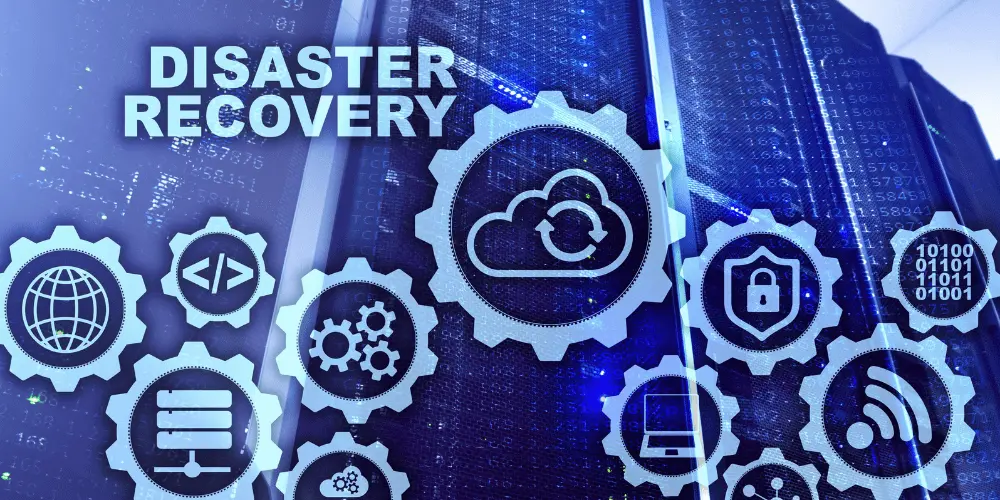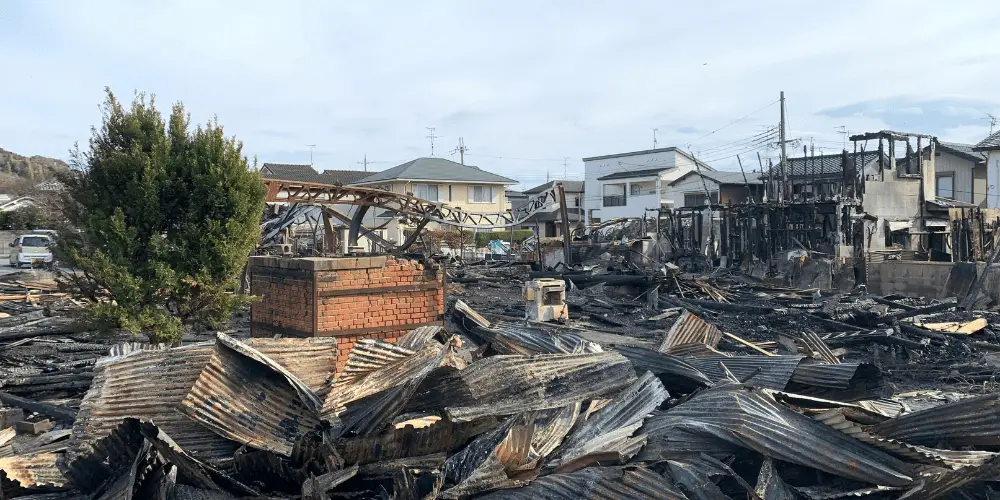
Disaster recovery is not only for big companies. Every household needs a plan to recover after natural disasters, power outages, hardware failure, or human error. The goal is simple: protect people, protect vital records, restore systems you rely on, and resume normal operations as fast as possible. This guide keeps the steps clear and practical for families.
Disaster recovery is the process of returning your home and daily life to a safe, livable state after an event of a disaster. It covers safety, money, housing, and records. Recovery starts after emergency response ends. When disaster strikes and the danger passes, you assess damage, open claims, gather help, and repair or rebuild.
A disaster recovery plan is a short written guide that shows your family how to act when a disaster occurs. Keep one copy at home, one in a cloud account, and one at an off site location with a trusted person.
Businesses use recovery time objective and recovery point objective. For a home, write goals in plain words, for example, restore heat and internet within 24 hours, lose no more than one day of photos.
Run a drill twice a year. Test logins, phone trees, and your route to shelter. Update numbers, prescriptions, and your household inventory.
After large events, officials open disaster recovery sites where you can apply for aid and get questions answered. Start at DisasterAssistance.gov to locate FEMA Disaster Recovery Centers and file an application. For housing help and program details, see HUD Disaster Resources. The American Red Cross lists open shelters and services at RedCross.org. For repair loans after a catastrophic event, review SBA disaster loans.
Community centers, faith groups, libraries, and schools often provide food, water, phone charging, and cleanup tools. Local governments post addresses and hours on city websites and social pages. Bring ID, claim numbers, and photos of damage.
Backups protect your documents and memories when a device is destroyed or a box of papers gets soaked.
Keep three copies of important files: on your device, on a backup system such as an external drive, and in a cloud account. Back up deeds, titles, medical files, school records, insurance declarations, pay stubs, and photos.
Cloud services act like your personal disaster recovery site. Even if your home is not safe, you can log in elsewhere and restore data. Turn on automatic upload for photos and documents. Share access with one trusted family member so someone can help if you are away.
In business, a data center is a big building full of servers. At home, think of it as the place your digital life lives. A study by AA Insurance found that 36 percent of people would grab a laptop or tablet first in a house fire, and 33 percent would grab the family photo album. People reach for both for the same reason: memories and data matter. Today many photos already live in a data center through Google Photos or Apple iCloud. With good backups you do not need to risk your life re-entering a burning home to save albums.
Backups only help if they work. Once a month, restore one folder to verify data integrity. If a drive is wet, do not power it on. Air-dry gently and call a recovery service.
Common causes are water, smoke, heat, theft, hardware failure, and human error. Loss also happens when sensitive data is exposed. Use passwords, two-factor codes, and device encryption. Scan paper records to PDF. Keep originals in a fire-rated safe or a bank box. If you lose access to a cloud account, contact support quickly to recover data and restore systems.
Business continuity means keeping essential household operations running during repairs.

Forward mail or set up a PO box. Shift payment dates if your pay schedule changes. Track deposits, claims, and benefit checks. Keep printed lists of nearby Wi-Fi and charging locations for quick recovery during outages.
A business impact analysis helps you decide what to fix first. Use a quick worksheet.
This simple review guides your budget, your shopping list, and your repair schedule.
Write procedures as short checklists so you can act fast when stress is high.
Assess, document, contact, repair, and review. This recovery process reduces mistakes, shortens recovery time, and supports rapid recovery after a disaster event.
Every family needs a simple disaster recovery strategy. For households this means writing down priorities: keep people safe, protect vital records, restore utilities, and find temporary housing. Unlike a corporate strategy that requires multiple teams, your home strategy should fit on one page and guide your actions during the first week.
After a major storm or flood, the first task is to recover systems inside your home: electricity, water, internet, and heating. Document which systems must be restored first and who to call. If you cannot recover systems quickly, move your family to a safe off-site location until repairs are complete.
It helps to picture different disaster scenarios. Think about how you would respond to a wildfire, hurricane, or extended power outage. Each disaster scenario requires different supplies and recovery procedures, so testing them in advance improves readiness.
You will often see the phrase DR plan in corporate materials. For families, a DR plan simply means your disaster recovery plan written in plain language. Store one copy at home, one with a family member, and one in the cloud.
Homeowners rely on laptops, phones, and cloud accounts for data storage. Using both local drives and cloud accounts ensures redundancy. If a fire or flood damages one copy, the other remains safe.
Part of preparation is a short risk analysis. Walk through your property and note weak spots: tree branches near power lines, an aging roof, or poor drainage. A risk analysis helps you set priorities for repairs before a disaster occurs.
In IT, network operations refers to the team that keeps systems online. At home, think of network operations as your internet and Wi-Fi. Losing connectivity during an emergency can slow recovery. Write down alternative ways to stay connected, such as a backup hotspot or a neighbor’s network.
Protecting your physical facilities means caring for the building itself. Secure windows, doors, and roofs before storm season. Maintain smoke detectors, sump pumps, and backup generators. Strong physical facilities reduce the damage you must recover from later.
You may see corporate terms online. Here is what they mean and how to set them aside while keeping your home plan simple.
You do not need corporate jargon to protect your family, but knowing these terms helps you read official guidance with less confusion.
Preparedness makes recovery cheaper and faster.
Include water, shelf-stable food, meds, first-aid, flashlights, batteries, chargers, copies of records, and small bills. Store the bag near an exit.
Install smoke and carbon monoxide alarms, test them monthly, and replace batteries on a schedule. Clear gutters, trim trees, and secure outdoor items before storm season. Consider energy-saving shutters, reinforced windows, or a small generator where allowed. Review homeowners or renters insurance each year.
Hold a drill twice a year. Teach children how to call for help and where to meet. Replace expired items. Update passwords and contact lists.
This guide is part of a larger series for homeowners. Check out these other resources we offer:
You do not have to handle this alone. Our counselors can help you triage bills, talk with lenders, and plan repairs. Our Disaster Recovery Resources help you respond to the unexpected, connect with all of the appropriate resources available, and create a plan for retaking control of your life.